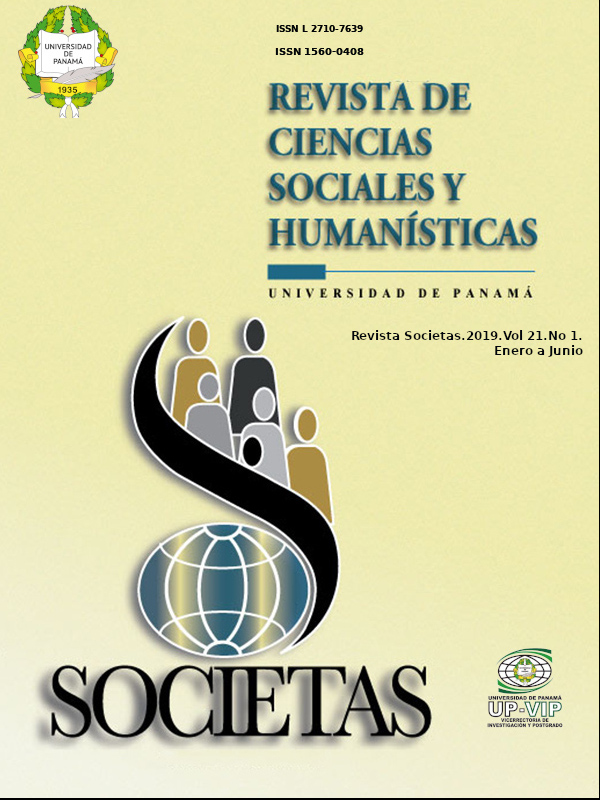

Con y a través de Rodrigo Miró se observa el impulso por construir un 'sentimiento de tradición' tanto con el 'mestizaje' ? es decir, fundamentar la nación por intermedio de una idea de la etnia ? como con la organización y evaluación del siglo XIX, de sus ensayistas y periódicos a pesar de que Miró no coincidía precisamente con el universo 'librecambista' y pragmático de convertir a Panamá en un 'emporio comercial': 'Pro Mundi Beneficio'. En efecto, por un lado, Miró no fue el primero ni tampoco el último en querer crear este 'sentimiento de tradición' con el llamado 'mestizaje'. Pero, por otro lado, sí fue el más conspicuo arconte al trabajar sistemáticamente la organización del archivo colonial y decimonónico. Un archivo que permitiría crear el 'sentimiento de tradición' con un aspecto que, para Miró, era central en su construcción: Panamá no solo era tierra de aventureros y poetas, sino también de ensayistas, de reflexión, el que produjo ensayos que merecían la pena ser rescatados, publicados y promovidos, como lo hace saber con Justo Arosemena en su Teoría de la Patria de 1947. Esta organización del siglo XIX, a través de la prensa escrita, realizada por Miró y otros investigadores, abre, además, otra pregunta de investigación. Es decir, el lugar de los negros y la inmigración antillana, cómo solo su presencia problematiza el 'mestizaje', su aporte a la prensa y al periodismo en la creación de un espacio y representación intelectual desde el siglo XIX, punto que abriría un nuevo capítulo en la comprensión del paisaje cultural en el país.